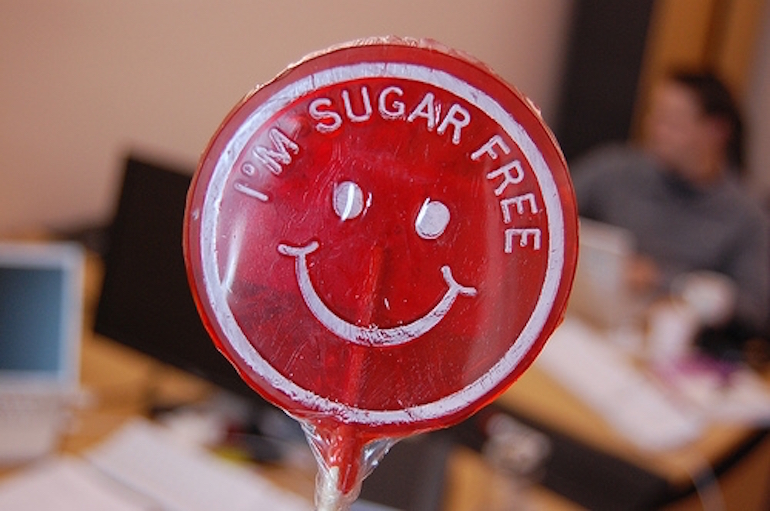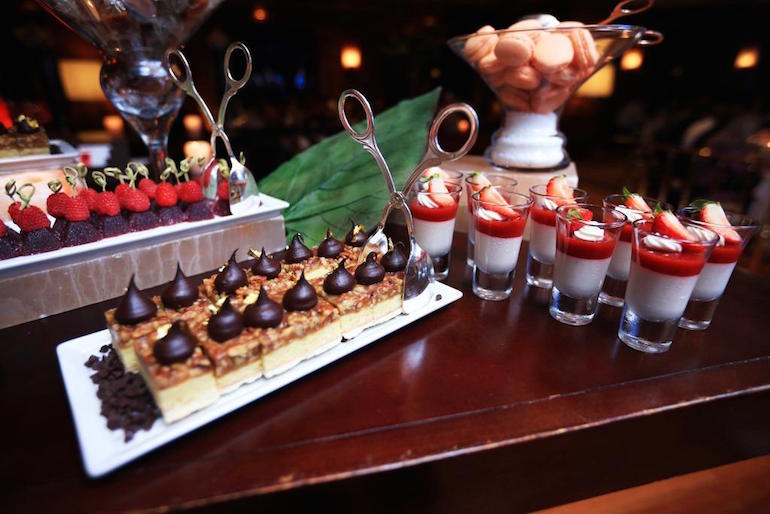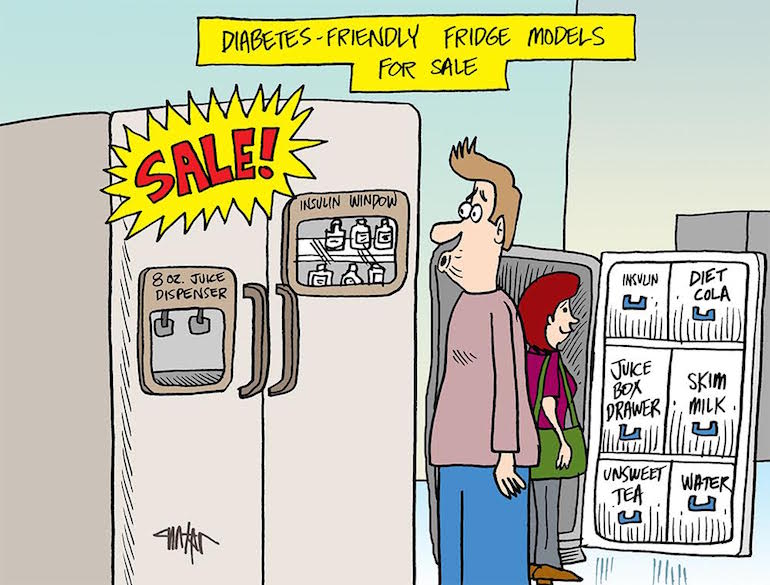I used to hear the word “diabetes” and think I was invincible from it. I always thought it was something that would never affect me because I told myself “I ate healthy” and “diseases like that aren’t common.” Besides, sweets were a key part of my life: my career goal, for as long as I could remember, was to own a dessert bar.
Many nights I would find myself microwaving s’mores to keep me company at night – desserts were engrained into every part of my life as a passion, a form of stress relief, and, quite frankly, an addiction. I never took a second to consider that there may be repercussions from my eating choices.
Fast forward to when I had my blood drawn for the first time. I got a call the following day that told me my Hemoglobin A1C, or blood sugar levels, were in the pre-diabetic range (pre-diabetes is a thing, I promise). Some days I had to prick my finger every night to monitor my glucose levels, and others, I felt nothing but guilt.
Would this damper my dreams of owning a dessert-specialized restaurant? Would I have to ultimately steer clear of the foodservice industry just because of this setback? I couldn’t give up desserts. They were an integral part of my childhood and future goals. My pre-diabetic diagnosis made me realize that desserts didn’t necessarily have to be unhealthy.
With more awareness being drawn to excess sugar consumption, I realized that perhaps the right move to carry out my dreams was to reposition the perception of desserts.
Food shouldn’t be exclusive – alternatives exist

Photo courtesy of hercampus.com
The problem with many sweets is their highly processed nature: half of the ingredients are unnecessary and only wreak havoc on our body. Many people with diabetes tend to step away from desserts completely or are forced to find sugar-free options, which translates into inauthentic and unsatisfying replicas of a delicacy.
Instead of touting options with artificial sweeteners (which may be a problem in themselves), I realized that desserts can be diabetic-friendly in that their components do not necessarily need to rely on sugar as a main attraction.
Ingredients like rosewater and matcha play on the idea of sweetness without heavily affecting blood sugar, and could be the focal point of many desserts. This way, there would be no trying to compare to an original product, and a sense of authenticity can remain.
Savory is okay

Photo by Jedd Marrero
Food heavily relies on the balancing of flavors and textures to form one complete product. However, many of these combinations are detrimental to blood glucose, so I became interested in combinations that aren’t traditional or common. In other words, I became fond of adding savory flavors to desserts, which takes some getting used to but does lend itself to harmonious flavor combinations.
People are already finding a niche for uncanny flavorings like truffle oil parfaits and salted caramel. I tried my hand at creations like sage cream puffs and sriracha macarons and I’m continuing to explore savory dessert options. Maybe this will eventually find as wide of an appeal as decadent treats currently have.
The balance of flavors, not additional servings, should leave you full

Photo courtesy of prweb.com
A big factor contributing to diabetes is portion control, and people tend to eat more of something because it’s readily available to them. I’ve always loved the way high-end restaurants are able to capitalize on quality over quantity and have everything on the plate contribute to a different element of our tastebuds. I hope to extrapolate this idea with desserts, emphasizing the fact that they are luxuries to be savored and moderated.
This doesn’t necessarily mean providing less of a dish, because that just yields unsatisfactory reactions. Rather, customers should leave with both their stomachs and palates satiated through a balance between portion size and intrinsic flavors.
I’ve been toying with the idea of a nutmeg soufflé with a miso crème anglaise, where the warmth and earthiness of the spice would balance out the creamy salty miso paste, rendering a well-rounded palate. Ultimately, the components (not excess) of a dish should leave a customer full.

Photo courtesy of healthline.com
These were merely driving factors that formed into my head as I struggled to keep my Hemoglobin A1C levels low, but they have stuck with me ever since. This does not mean that I’ve denounced desserts in their traditional, sweet glory altogether – I still enjoy my cookies and cheesecakes. Instead, my (still ongoing) close encounter with diabetes has made me realize that any food should be serviceable to anyone.
Desserts don’t necessarily have to be something that’s viewed as overly sweet and detrimental to one’s health, but rather a grand finale to a series of courses through unique flavors and techniques. And hopefully my future dessert bar implements that ideology.


